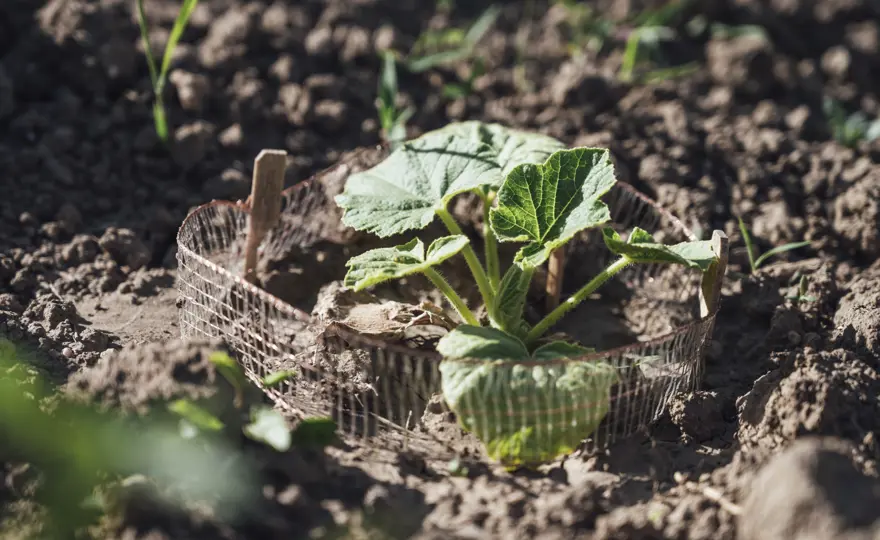ClientEarth Communications
8th March 2024


Soil is at the bottom of the food chain, yet it is the cornerstone of life on earth. It is critical for terrestrial life: acting as a water filter, nutrient giver, and habitat for billions of organisms that make up a diverse ecosystem.
When it’s healthy, it supplies humans with antibiotics that fight diseases, provides nutrients that feed our crops, and its self-sustaining cycle can regenerate for decades. Healthy soil helps to mitigate climate change by acting as a carbon sink – meaning it stores vast quantities of carbon dioxide and other greenhouse gasses (GHGs) that would otherwise be released. In fact, soil is the second largest carbon sink after the ocean, capturing more CO2 than forests and holding three times more carbon than the Earth’s atmosphere.
Climate change has had a significant impact on soil health globally. Increasingly extreme weather has led to more droughts as well as more flooding. Rising sea levels can carry contaminants, like salt, into soil, as well as cause erosion. While the battle against a shifting climate presents challenge enough on its own, modern agriculture is degrading the planet’s soil at an accelerated rate. Due to practices like intensive ploughing and excessive use of fertilisers, pesticides and other chemicals, nearly half the world’s topsoil - soil with the highest concentration of organic matter and microorganisms that is essential to crop growing - has disappeared in the last 150 years.
While climate change has affected soil quality around the globe in recent years, soil, conversely, can affect climate change too. The Earth’s soil absorbs roughly a quarter of all human emissions each year, with a large portion of this stored in peatland or permafrost. Unfortunately, these Arctic habitats are on the frontlines of global warming and the additional CO2 released could accelerate the climate crisis.
Normally, rain soaks into soil, but where the structure is breaking down, it runs off fields instead, taking with it fertilisers and chemicals that are carried into waterways, damaging populations of aquatic plants and wildlife.
While the dangers present another layer in the fight for a greener future, soil offers one of the best win-win solutions for carbon capture, enhancing natural processes in relatively cost-effective ways. Most other carbon capture methods are extremely expensive but soil firms in the US and Australia have estimated low costs. There are also firms making it possible for farmers to get paid for using their soil to store carbon.
Replenishing and protecting the world’s soil carbon stores could help to offset up to 5.5bn tonnes of GHGs every year, in the US alone. It’s a forgotten solution that has largely been ignored for a long time but it will be key to our efforts to halt the climate crisis.
Soil guarantees life on Earth but there is currently no EU law to protect it.
In 2021, the EU’s new Soil Strategy for 2030 set a framework and objectives for the protection, restoration and sustainable use of soil. It sets the vision to achieve healthy soils in the EU by 2050. It also announced the proposal of a law on soil health by 2023. The European Commission’s proposal for a Directive on Soil Monitoring and Resilience, or the Soil Monitoring Law was adopted in July 2023. Among its key elements, the proposal puts forward:
An ambitious law on soil would not only guarantee the health of one of the EU’s most important resources, but would help achieve the broader climate, biodiversity, water and zero pollution targets under the European Green Deal. It would also help reach the targets and objectives set out in the EU’s Biodiversity Strategy, Farm to Fork Strategy and Zero Pollution Action Plan. For this to happen, we need EU lawmakers to agree on a truly robust law. It should include legally binding targets, measures and timelines, to help EU countries achieve the targets that will keep our soil healthy for present and future generations.
Read our recommendations for an ambitious Soil Monitoring Law